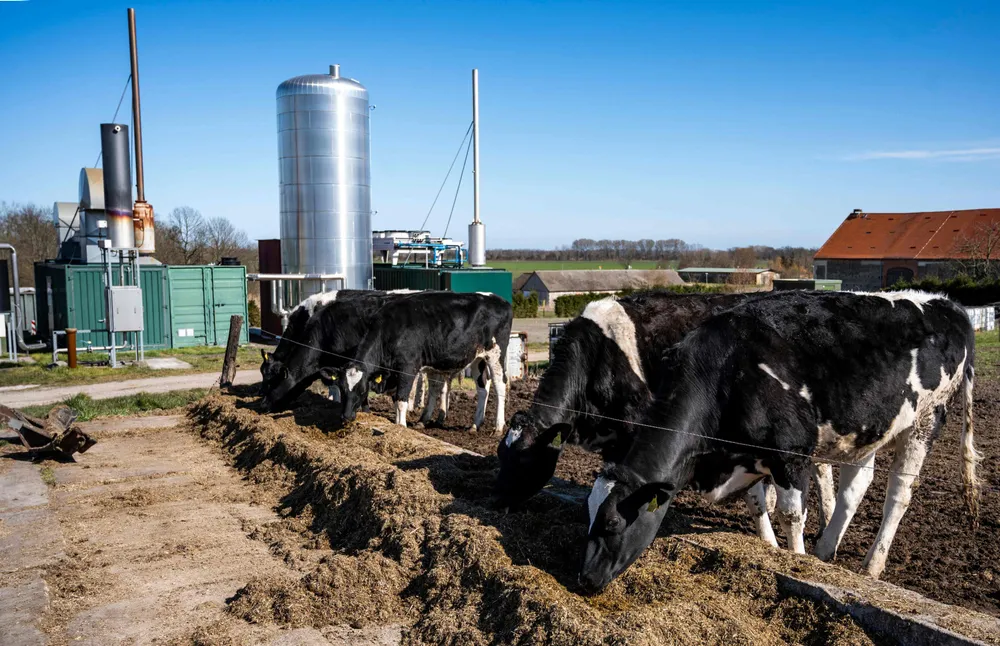Energy transition must proceed amid scramble to fill Europe’s gas gap
Governments should resist the temptation to draw back on energy transition plans amid the current gas crisis

Governments should resist the temptation to draw back on energy transition plans amid the current gas crisis
